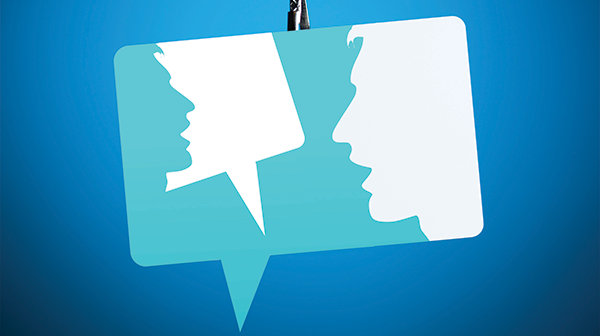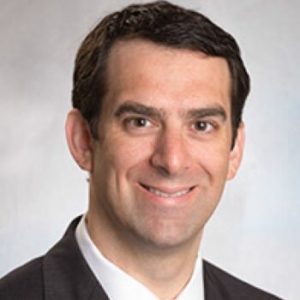
2. Resuscitation is an annual conference focusing on critical care and trauma. Held in Las Vegas, the #resus14 organizers recruited their own official (unpaid) social media team (yes, I was a member) for the sole purpose of pumping out high-yield tweets—and perhaps attracting more attendees next year. One hot topic presented by trauma surgeon Kenji Inaba, MD, was—say it with me—resuscitative endovascular balloon occlusion of the aorta (REBOA). From Texas-based ED attending and trailblazing EM blogger Allen Roberts, MD (@GruntDoc), comes: “Inaba #resus14: REBOA trials are ongoing, not even close to standard of care. Potentially life saving for rural trauma transfers?” The idea of REBOA is to buy time during a transfer or before the OR is ready to save an unstable hemorrhagic patient. The procedure seems to have great promise. It may not yet be ready for prime time in the ED setting, but in the meantime, here’s a nice link to a 2011 Journal of Trauma article with good information on this new procedure that may go mainstream before long: http://www.ncbi.nlm.nih.gov/pubmed/22182896.
Explore This Issue
ACEP Now: Vol 33 – No 05 – May 20143. Need a reminder as to why we need great medical educators? Conemaugh Memorial Medical Center Associate Program Director Rob Cooney, MD, MEd (@EMEducation), relays this excellent quotation from #CORD14 (the Council of Emergency Medicine Residency Directors Academic Assembly): “A poor surgeon hurts one patient at a time. A poor educator hurts 250 each time—Ernest Boyer.” CORD increasingly focuses not just on what to teach but on how to teach, especially in the #FOAMed era in which an engaging delivery trumps almost anything else. Also from Dr. Cooney is a link to a list of emergency #MedEd graduate degree programs: “Interested in an advanced education degree? Check out http://www.faimer.org/resources/mastersmeded.html #CORD14.”
4. Rounding out my tour-de-conferences are two non-EM conferences with substantial EM participation. From the American Institute of Ultrasound in Medicine (#AIUM14), EM attending and ultrasound fellow Lydia Marie Sahlani, MD (@LydMD), relays this from a talk delivered by ultrasound luminary Richard Hoppmann, MD: “Pub med trends: ‘ultrasound education’ 227 articles to 651 from 2002-2012. Go with the current. Ultrasound hits all major areas. -Hoppmann #AIUM14.” Dr. Hoppmann’s point is a great one: ultrasound research has exploded in the past decade, but the landscape is still changing.
5. Lastly, from the American College of Medical Toxicologists (#ACMT2014), the very well-published Canadian internal medicine toxicologist David Juurlink, MD, PhD (@DavidJuurlink), tweeted about an interesting abstract from this conference (also published online) on anticholinergic toxicity treatment patterns in a toxicology registry: “Very surprised toxicologists are using physostigmine so rarely and benzodiazepines so often. http://bit.ly/1dFQQ5X #ACMT2014.” Indeed only 13 percent of patients in the registry cited received physostigmine alone. Another 9 percent received physostigmine and a benzodiazepine, while 32 percent received benzos as monotherapy. The kicker is that Dave (“only my mother calls me Dr. Juurlink”) didn’t even attend #ACMT2014 in person! He just followed links from Twitter and tweeted from home. How eco-friendly.
Pages: 1 2 3 | Single Page




No Responses to “Tweets from Emergency Medicine-related Conferences Relay Latest Research About Social Media and Critical Care, Resuscitation Procedures, Ultrasounds, and Toxicology”